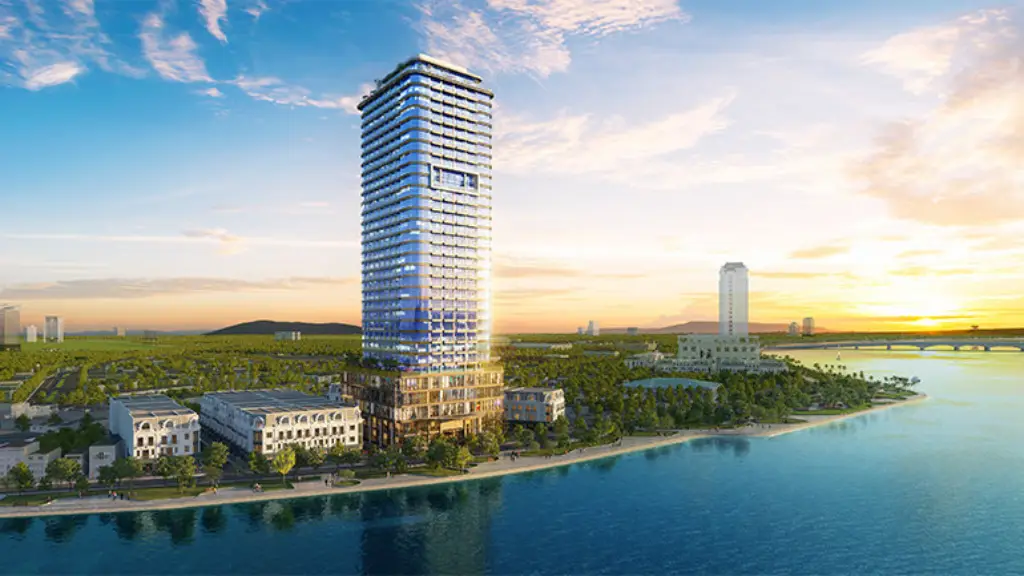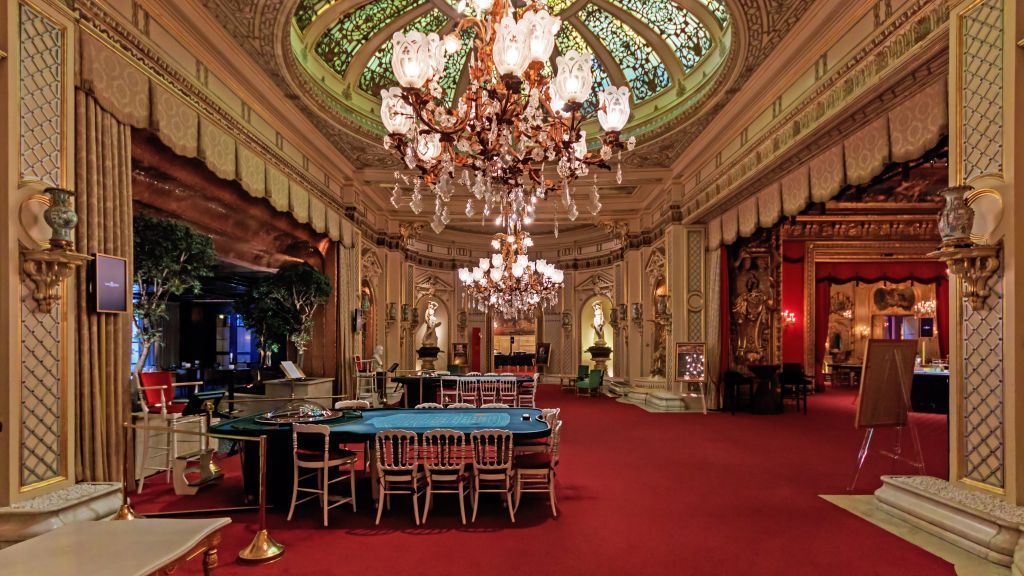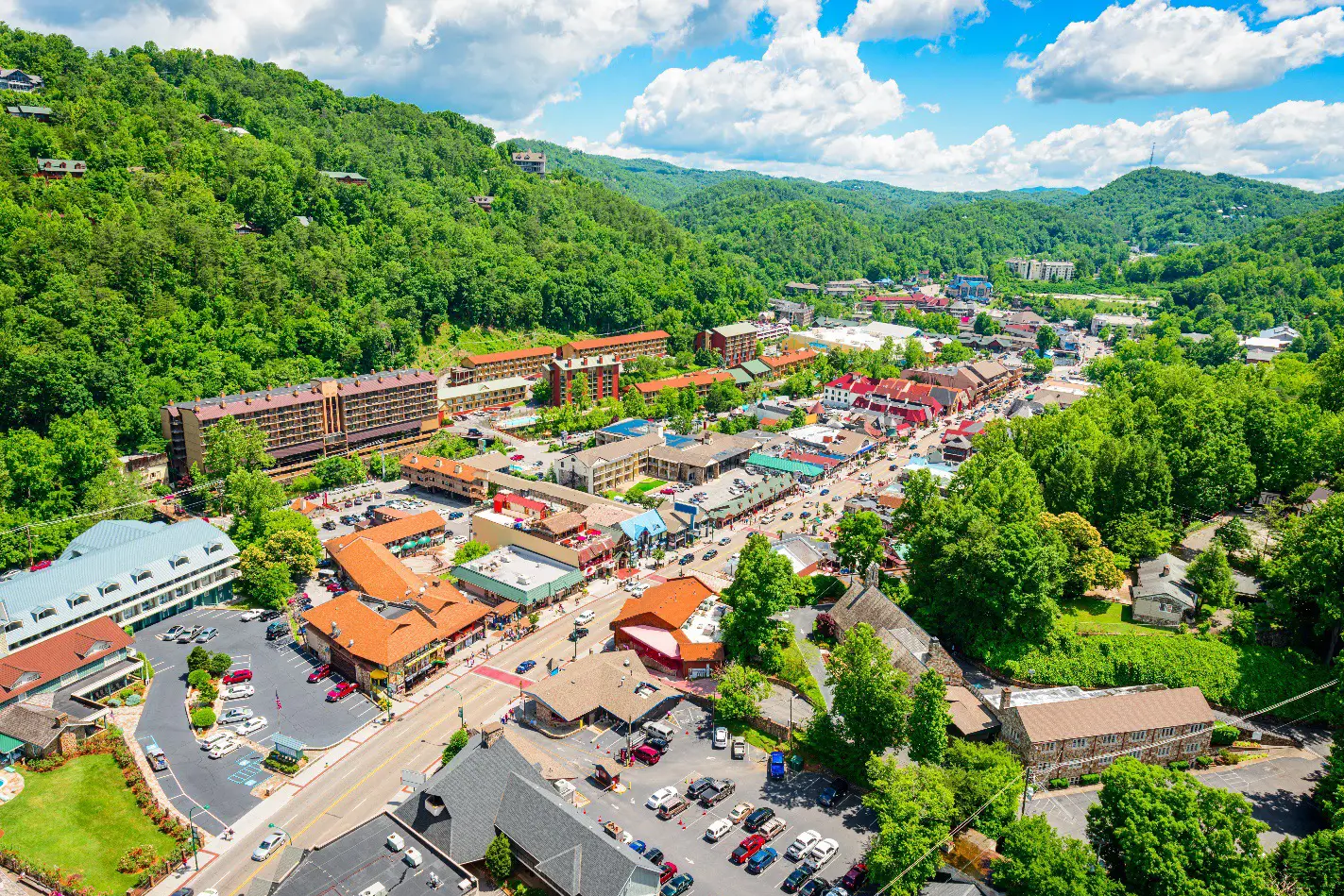Let’s face it, vacationing can be hard! But, it pays to travel smart. So, let’s take a look at how augmented reality (AR) is transforming the way we vacation, from booking the trip to enjoying the local sights.
Mixing of Real and Virtual
At its essence, AR combines the real environment with virtual graphics, which are superimposed onto a live feed or camera screen. This has allowed many forms of media to experiment with transitions between the physical and the virtual. One example of this is online casinos, particularly for traditional table games. When UK players try their hand at Live All Bets Blackjack at Betfair a human host deals hands from a physical pack of cards onto a traditional Blackjack table. The physical cards are then disappear and reappear as virtual graphics, in front of the relevant player who’s hand is being dealt. This provides players with an immersive and authentic blackjack experience.
This same logic can be used in the tourism industry, also. For example, when travelers are taking a tour around places of historical and cultural importance, they could be prompted to use cameras on a tablet to survey the area. Tourists can then click on the things that piques their interest. A graphic can then be shown on screen only to the person who clicked in that area. This could show a restoration of a historical monument, recreation of an iconic building, or have a pop up with information about that site, providing tourists with a more personalized experience.
Reducing Risk
We’ve all been there – you’ve booked a hotel, flown what feels like halfway across the world, only to find out that it was nothing like what it looked like in the pictures. Even if it did look like the pictures, the right camera angle can skew the dimensions of a room. With this in mind, booking accommodation can feel like it comes with an element of risk. After all, its where you’ll be based for your entire vacation.
But, that’s where AR can come in handy. The University of Michigan Business and Tech publication has called the influence AR is having on the hospitality sector ‘ground-breaking’. AR technology can allow potential guests to have a 360-degree interactive view of hotel rooms or special events before making a booking, and impose to-scale elements into real life for comparison so that users can make an informed decision.
Eliminating Language Barriers
Whether you’re trying to order food, navigate public transport, or walk around the city streets of a new place, this simple process can be made more complex when the country you’re in speaks a different language. Whilst some translation tools and maps can be useful, they still require a user’s input to translate specific words and phrases.
However, applications like Google Lens use AR combined with optical character recognition (OCR) and AI translation capabilities to capture writing on road signs, menus, timetables, and informational guides, translating the captured text into your native language in real time. The translations are then imposed on top of the original text, so that you can still easily read any supporting diagrams or directional arrows.
As you can see, AR has the potential to transform the way that we book, navigate, and enjoy our vacations. Whilst some of these features are more widespread in their implementation than others, AR is looking to be the smart tourism technology of the future.
















